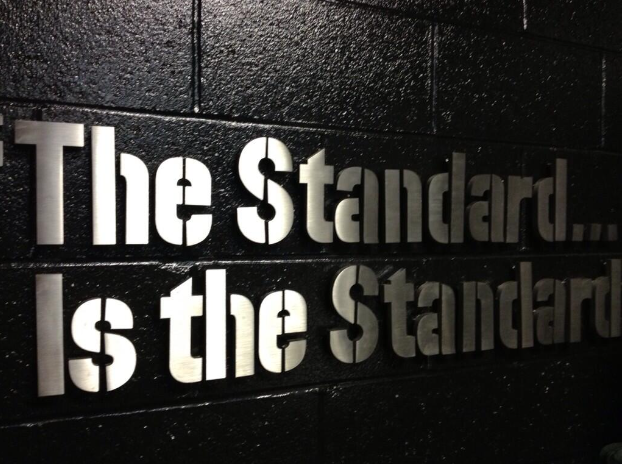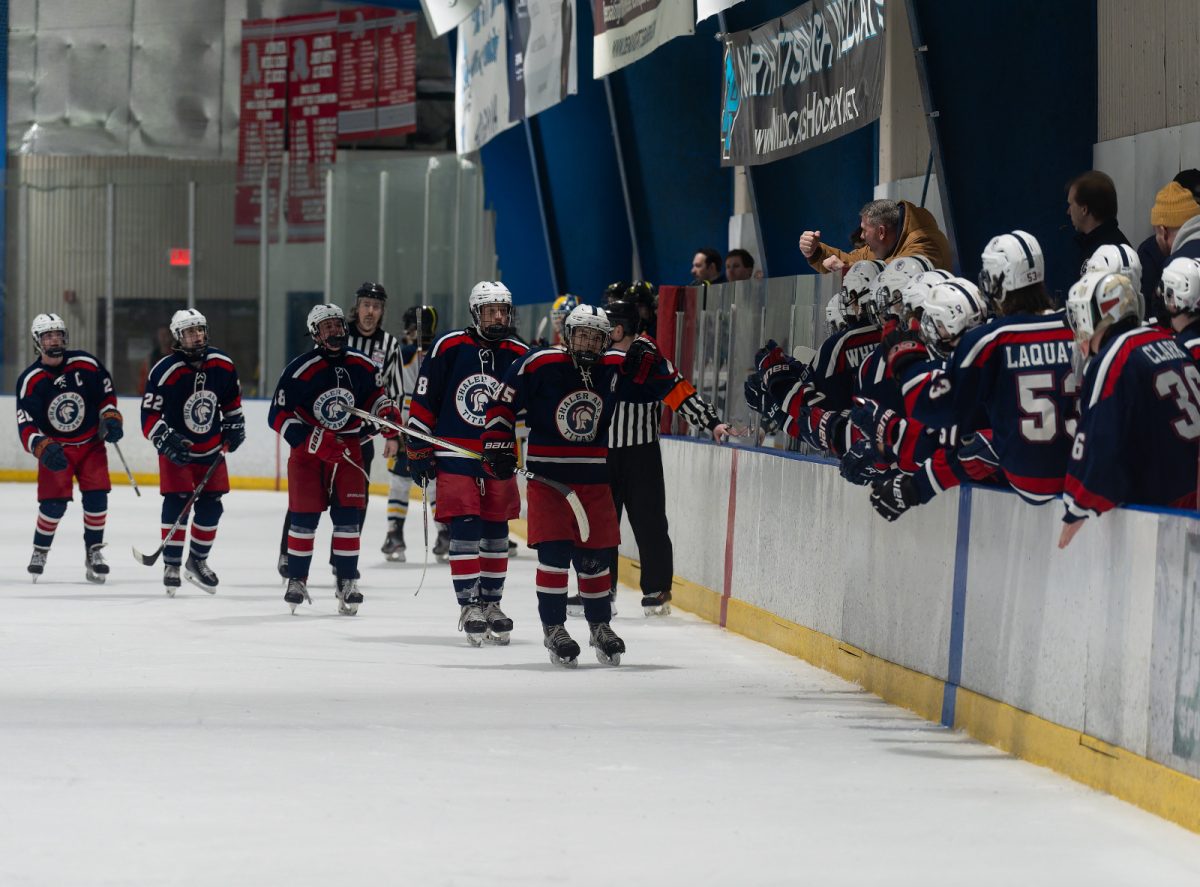A common remark made by those in the national media is that Mike Tomlin has never had a losing season. It is a testament to Coach Tomlin’s ability to field a competitive team each year. Notice that I said competitive, not elite (or even good). His teams have been competitive, typically good enough to compete for a Wild Card berth. However, they have not been thought of as legitimate Super Bowl contenders since 2016.
The Steelers have not won a playoff game in seven years. When the Steelers won their last playoff game, I was in fifth grade and the Penguins won their fifth Stanley Cup over the Nashville Predators. That last playoff victory was the 2016 AFC Divisional game against Alex Smith and the Kansas City Chiefs, where Chris Boswell made six field goals in the 18-16 win.
Why is this so important, anyway? Aren’t the Steelers doing good? Didn’t they make the playoffs? Yes, but…
The current state of the Steelers is not “the standard.” Coach Tomlin often says, “The standard is the standard.” His trademark cliché is so popular that it is proudly displayed outside the Steelers locker room. Additionally, the cliché embodies the rich tradition of the glorious Pittsburgh Steelers. Except, it doesn’t mean that the current Steelers embody that standard to which Tomlin often refers.
The Steelers had won a playoff game at least every five years from 1972 (the Immaculate Reception game) to 2016. It was an incredible streak that revealed the standard that Tomlin refers to in his cliché. This standard of playoff wins is the best model to measure a team’s consistency of success. It is unrealistic to expect a team to reach the Super Bowl year after year; yet, it is not inherently difficult to make the playoffs.
When the Steelers have made the playoffs in recent years, those games have ended disastrously. After beating the Chiefs in 2016, they were smacked by the Patriots 36-17 in the AFC Championship game. In their last four games, the Steelers lost them early. They trailed Jacksonville 21-0, they found themselves in a 28-0 deficit against Cleveland, they trailed Kansas City 35-7, and they opened up this year’s Buffalo game down 21-0.
With this recent playoff ineptitude, how did the Steelers find themselves in this state of perpetual mediocrity? Their problem boils down to mainly one thing: drafting.
The Steelers dynasty of the 1970s was not primarily successful because of the coaching of Chuck Noll (although he was a great coach); so, firing Mike Tomlin would not suddenly make all of their problems go away. Their dynasty was the result of incredible drafts that landed them Hall of Famer after Hall of Famer. In the legendary 1974 draft class alone, they selected four Hall of Famers: wide receiver Lynn Swann (1st Round), linebacker Jack Lambert (2nd Round), wide receiver John Stallworth (4th Round), and center Mike Webster (5th Round).
Over the last decade, the Steelers have missed regularly with their picks in the first three rounds. Among these misses are Senquez Golsen, Sammie Coates, Artie Burns, Sean Davis, James Washington, Devin Bush, Justin Layne, Kendrick Green, and Chase Claypool. If the quarterback situation doesn’t improve, Kenny Pickett will be right up with them.
Ironically, what got the Steelers into this mess might be exactly what gets them out of it. If they truly care about the Steelers winning playoff games and contending for championships, instead of just a winning record, they need to make some prudent choices. Potential coaching hires, draft selections, and trades will determine if the Steelers can escape this cycle of mediocrity.
Nevertheless, a quote from David Morrison better explains the Steelers mentality than Mike Tomlin’s cliché. It reads, “The standard you walk past is the standard you accept.” The Steelers have walked past the standard of playoff success and Super Bowl contention and have accepted the standard of mediocrity. With the pedigree of their organization, there is hope that the Steelers can return to their former glory, but as it is today, the standard has become substandard.









